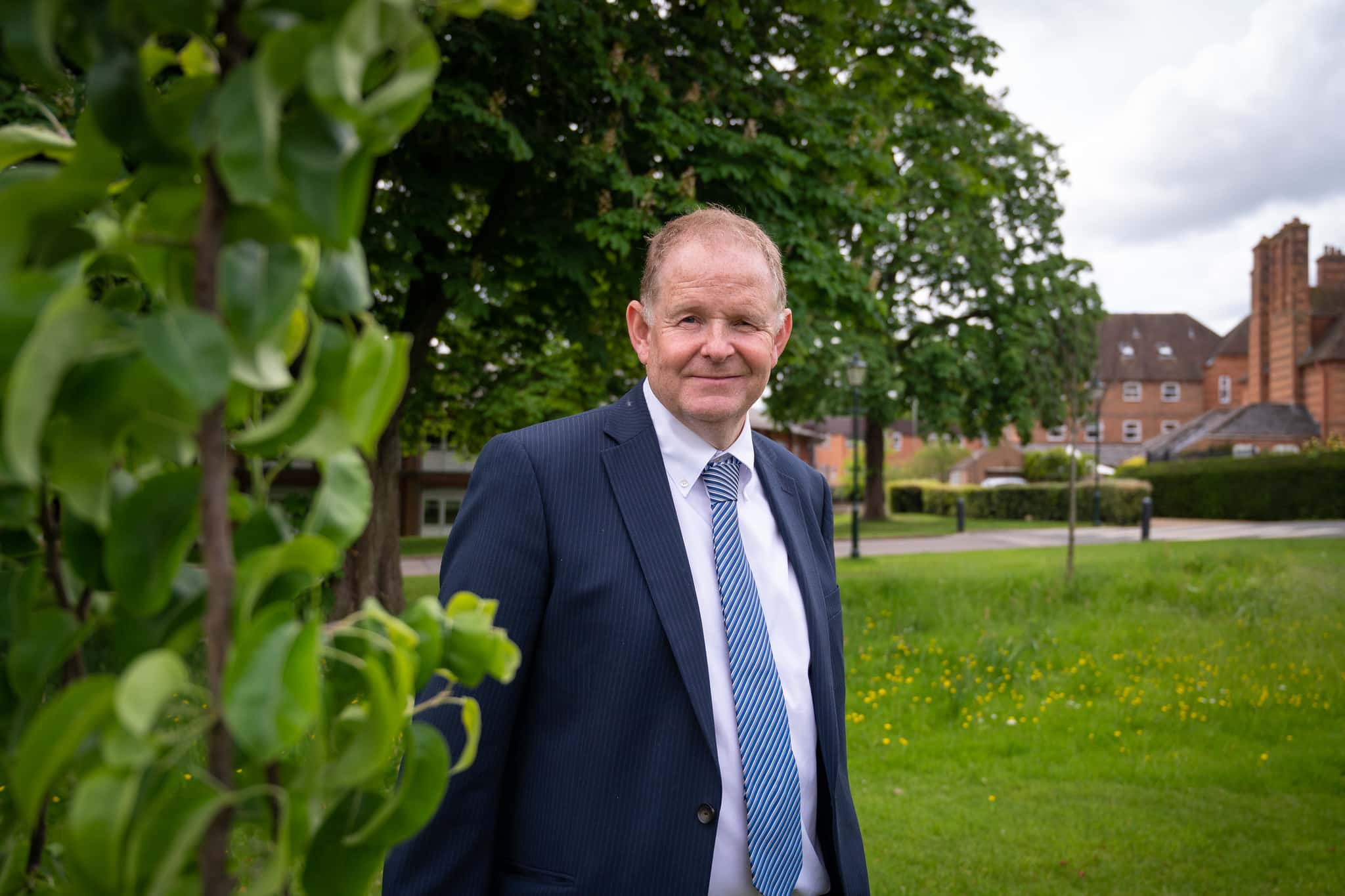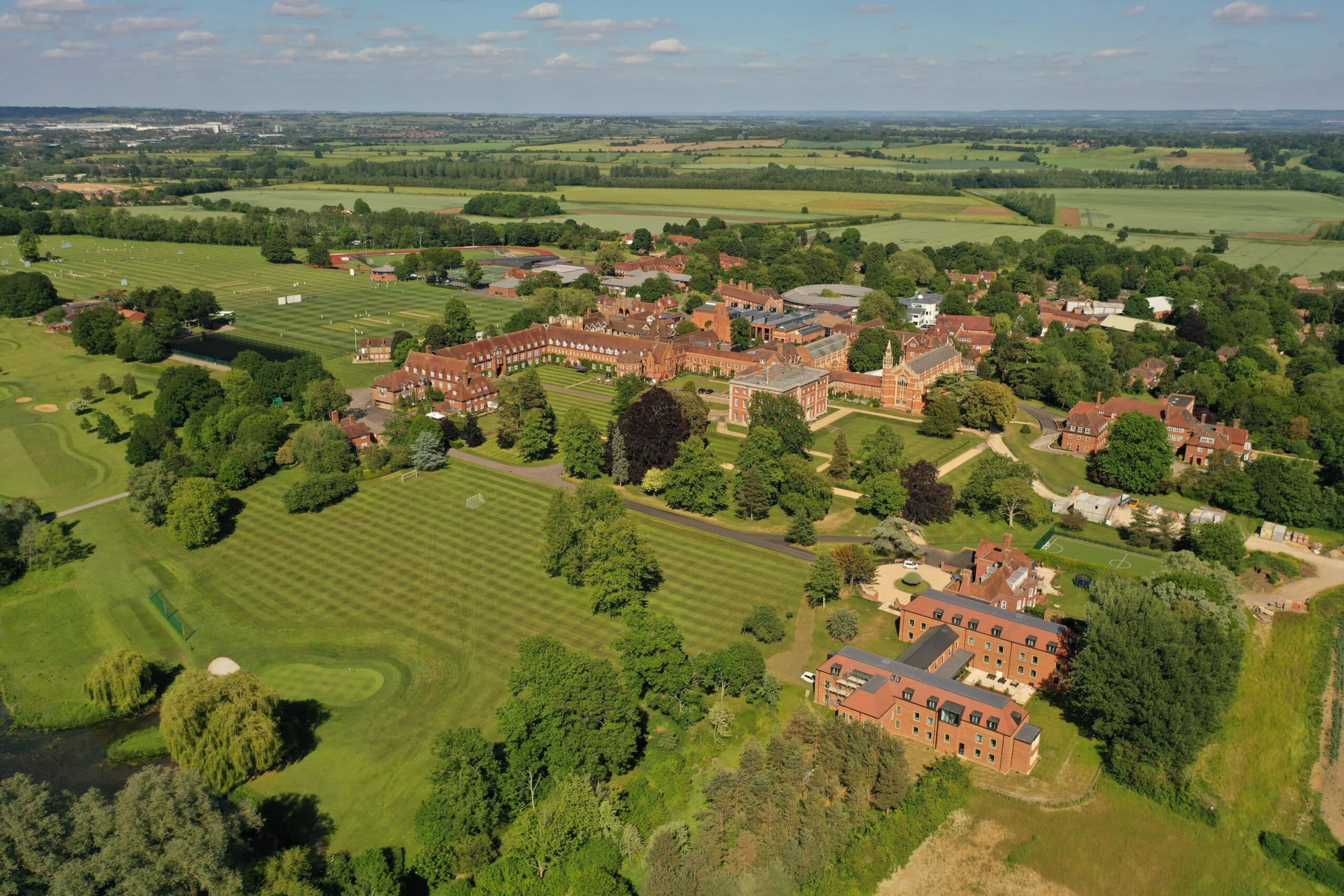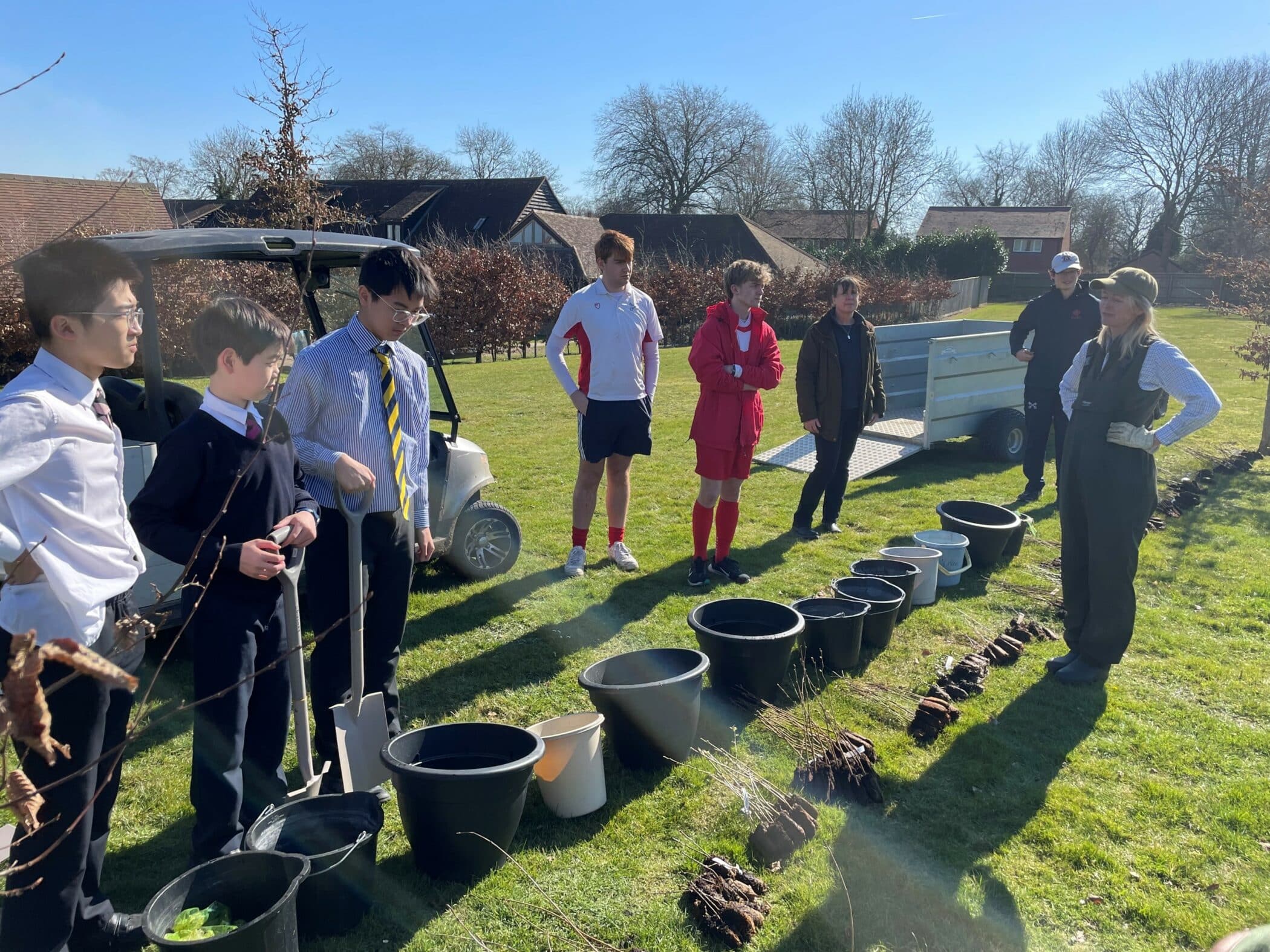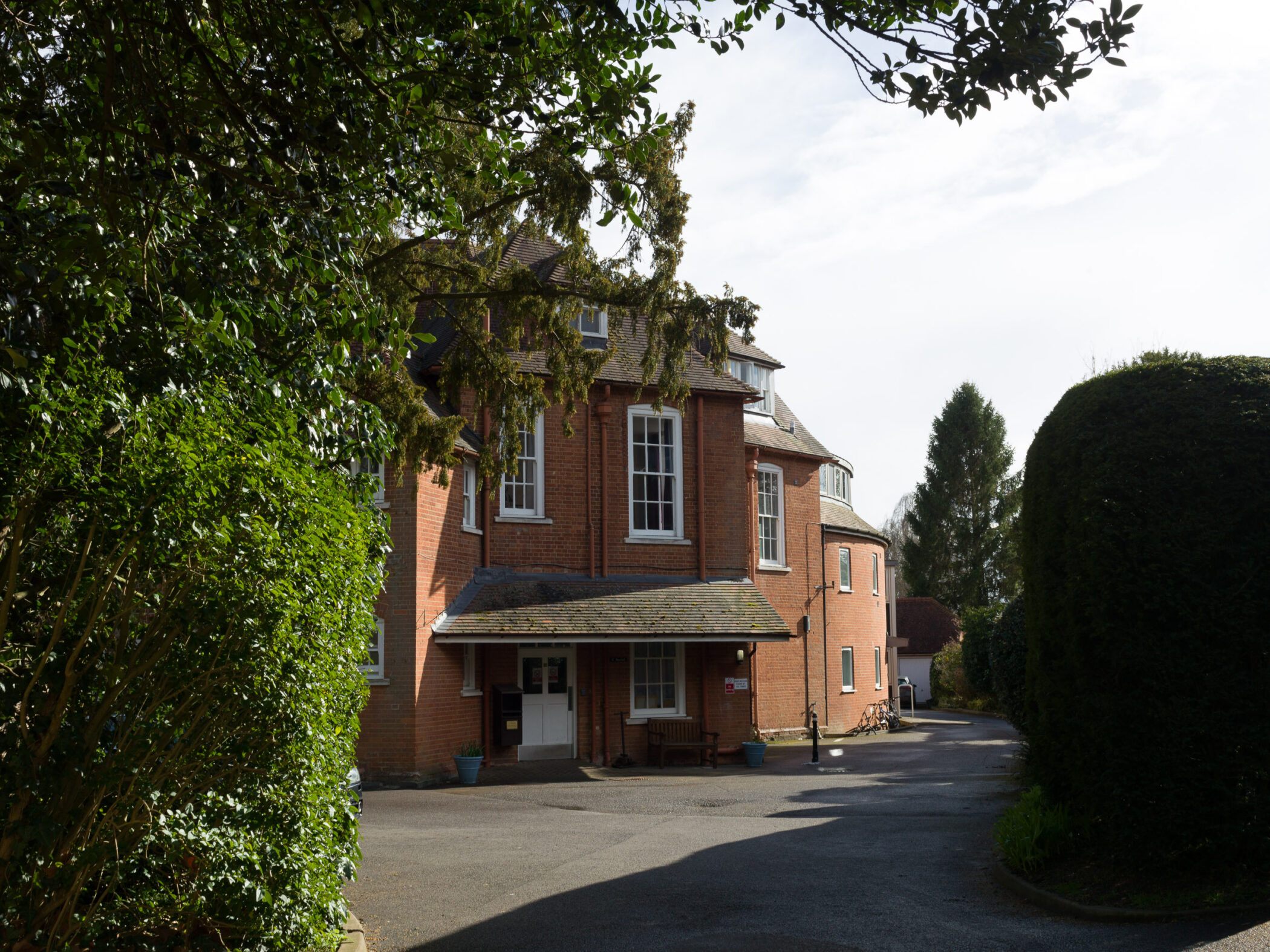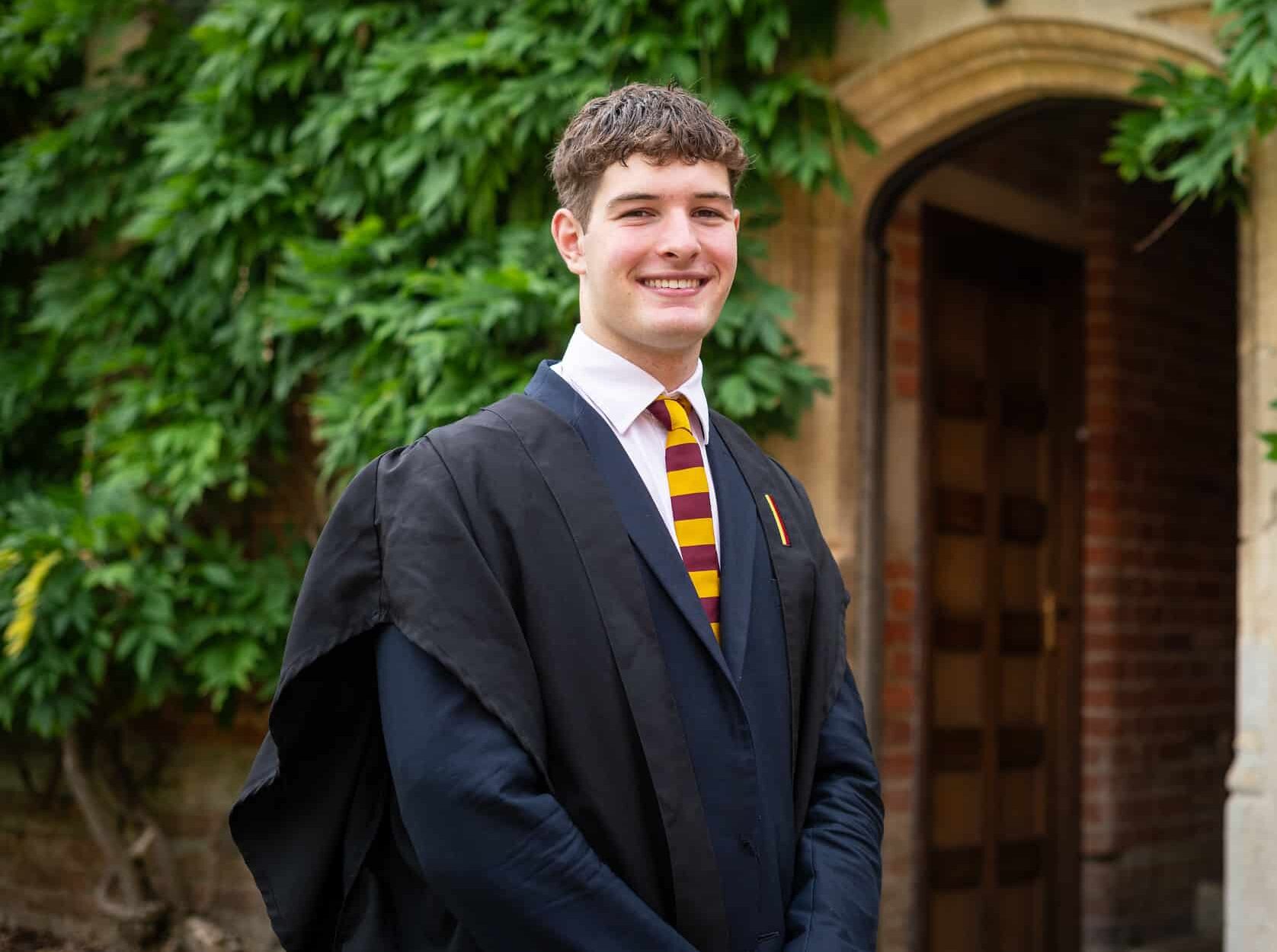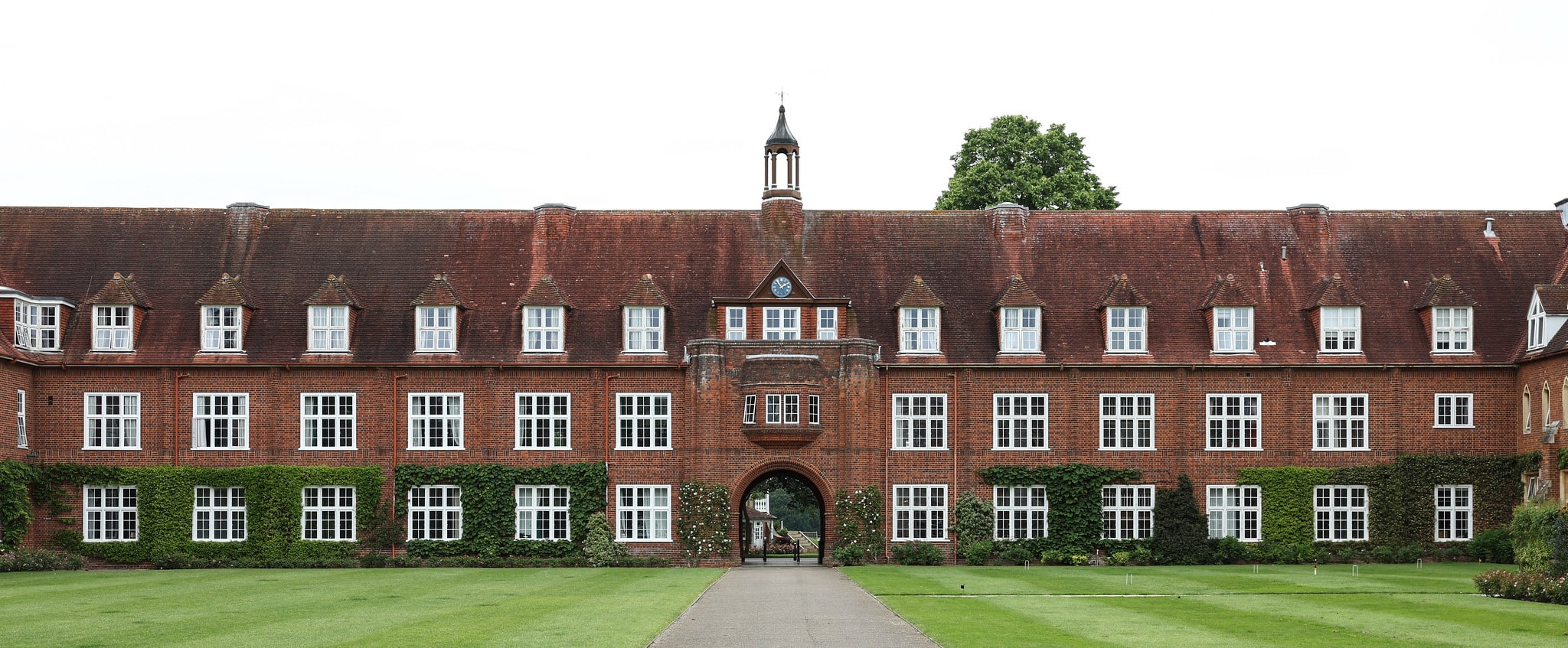Radley College is proud to launch its sustainability strategy, which outlines its ambition to become carbon neutral by 2030. The College’s plans include building a 20-acre solar farm on their estate and rewilding 400-acres of Oxfordshire countryside. David Anderson, Radley’s Estates Bursar, discusses the plans.
As we reflect on our 175-year history, we are also looking to the future. Sustainability is a major part of our estates strategy and by 2030, Radley College plans to be carbon neutral. David Anderson, Estates Bursar, discusses our achievements to date and outlines our next steps.
In the College’s founding vision, Sewell said that boys should live and learn in beautiful and natural surroundings. On the surface the campus is little changed, with new architecture blending effortlessly with the old, but in the last 10 years we have significantly upgraded our infrastructure and building fabric.
It might surprise you to learn that 90% of lighting on campus is by LED, the golf course and pitch irrigation system is serviced by borehole and not mains water supply, and all our electricity is supplied by renewable sources. Some projects are less exciting, such as increasing the efficiency of our plant rooms, upgrading and sealing windows, managing our systems more effectively and implementing zero to landfill, but they all contribute to a low energy foundation which will allow us to effect real change.
There are four things we need to look at. Firstly, we simply need to use less energy. This will involve continued insulation of our buildings as well as behavioural changes such as turning off lights and not wasting food. Secondly, we need to use less ‘stuff’. We need to repurpose buildings, rather than knocking them down and rebuilding as one example.
We need to produce our own energy. Becoming carbon neutral is no easy task, and many organisations rely solely on carbon offsets to achieve their goals. Whilst we recognise that offsets form part of the toolkit to achieve this, we are blessed to have an 800-acre campus which provides ample opportunity to do things differently. Notably, we plan to build a 20-acre solar farm to the northeast of the campus which will produce 4 megawatts of electricity; enough to fulfil all our energy needs on campus and export some back to the grid.
The fourth point indicates how I believe we are unique as an organisation and a school. We plan to sequester carbon by rewilding a large portion of our 530-acre farmland to wildflower and planting 50-acres of trees. This will balance the carbon that we inevitably use in our operation.
This won’t simply be a project that I will do independently, it’s something that boys, staff and parents can become involved in. I won’t see the results in my lifetime, it may take 30 or 40 years to grow. If we consider that our forefathers planted the main drive trees in 1899; they never saw the beautiful campus we have today, but we are now able to enjoy the benefit which is exactly what we want to do to the original parkland. If we all get involved and do ourpart, this will set up Radley College in a sustainable way for the next 175 years.

